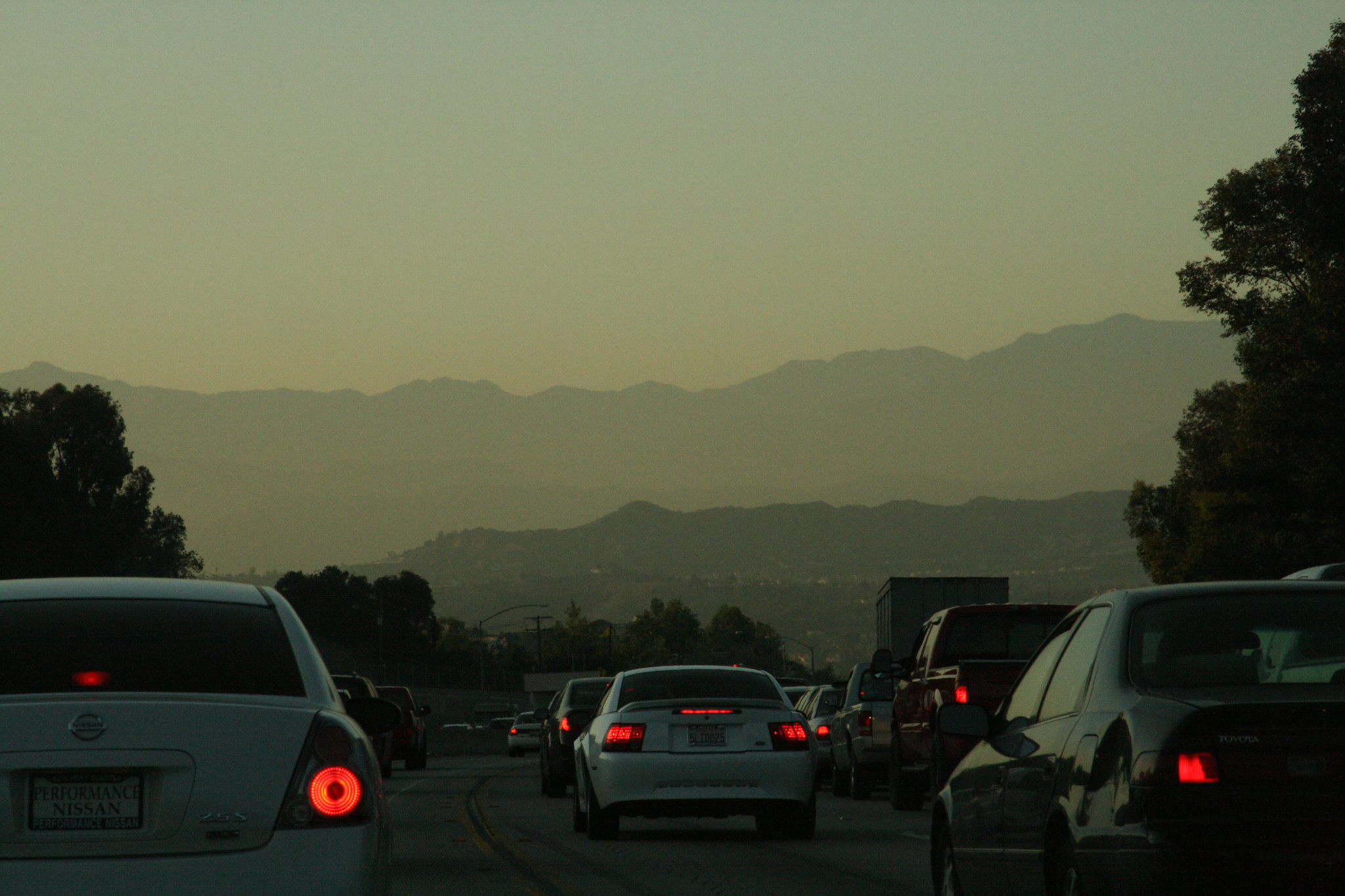Large business and industry associations representing the fossil fuel industry welcomed a July 13 U.S. Environmental Protection Agency (EPA) announcement that the agency would not be strengthening air quality standards for ozone pollution, the main ingredient in smog.
Ironically, some of these same groups previously fought in court against those standards when they were set in 2015 during the Obama administration — the same standards they are now praising. That legal challenge was unsuccessful.
Ground level ozone, or smog, is one of six criteria pollutants that EPA must regulate under the Clean Air Act. Smog is formed when contaminants emitted from sources like vehicles and power plants combine with heat and sunlight. It also contributes to respiratory ailments such as asthma and bronchitis.
According to an independent analysis by NGO Clean Air Task Force, smog tied to oil and gas industry pollution results in more than 750,000 summertime asthma attacks in children and more than 2,000 asthma-related emergency room visits.
When the EPA under the Obama administration decided to tighten 2015 ground-level ozone standards slightly from 75 to 70 parts per billion (ppb), fossil fuel industry groups — major sources of ozone pollution — complained that those standards would be too burdensome and costly. Some groups such as the American Petroleum Institute, coal giant Murray Energy, and the U.S. Chamber of Commerce sued EPA in retaliation, and the D.C. Circuit Court of Appeals ruled against the industry groups last year.
This week, EPA Administrator Andrew Wheeler (a former lobbyist for Murray Energy until 2017) announced a proposed rule to keep the 2015 ozone standards at 70 parts per billion, even as public health experts and current and former EPA staff had advised he strengthen them. Wheeler did the same with air quality standards for fine particle pollution or soot, ignoring expert advice and appearing to appease industrial polluters in retaining an outdated standard.
Once again, fossil fuel industry groups are applauding EPA’s move to not strengthen the air quality standards for ozone.
Smog. Credit: youngthousands, CC BY–NC–SA 2.0
Here is a sampling of some of the industry responses to Wheeler’s announcement on smog standards:
American Fuel & Petrochemical Manufacturers: “EPA rightly made the decision to retain the current ozone standard at 70 parts per billion, based on recent science-based studies that found little reason to tighten the standard. Retaining the current standard will continue to protect the public and provide permitting certainty that will encourage infrastructure investment and job growth to our industries that support 3.5 million jobs.”
American Petroleum Institute: “API joins with groups across several industry sectors to support this proposed rule. EPA’s proposal to retain the current primary ozone NAAQS [National Ambient Air Quality Standards] will help the U.S. continue to reduce emissions, protect public health consistent with the Clean Air Act, and enable economic growth. The decline in U.S. emissions, which has led to the cleanest air in half a century, is due in large measure to cleaner-burning fuels and advanced technologies.”
National Association of Manufacturers (NAM): “Protecting the environment and improving public health for all Americans must come first. Manufacturers’ commitment to clean air is why we support EPA’s proposal to retain the Obama Ozone standards. Amid a global pandemic, manufacturers are serving on the front lines helping our nation respond to and recover from COVID-19. So at a time when we are facing record-breaking unemployment, an even lower ozone standard could have jeopardized more than 7 million manufacturing jobs. We shouldn’t have to choose between environmental protection and a strong economy. Americans deserve both — especially during these unprecedented times.”
AFPM, API, and NAM along with other trade groups representing the fossil fuel industry sued EPA in December 2015 challenging the 70 ppb ozone standards that they now say they support. The industry responses all reference jobs or economic growth. However, energy efficiency and renewable energy — not fossil fuels — are among the fastest growing job sectors in America.
But the EPA‘s air quality standards are not supposed to be about the economy; instead they are about protecting public health and welfare. And while the industry responses claim that leaving an outdated air quality standard in place helps “protect public health,” actual public health organizations beg to differ.
Harming Vulnerable Communities
A coalition of 15 health and medical organizations came out against the EPA‘s move to leave the smog standards in place. “Without question, the nation needs stronger limits on ozone pollution to protect public health. We are disappointed with EPA’s proposal to keep the current, inadequate standard for this dangerous, widespread pollutant in place, and we call on the agency to follow the science and set stronger standards to protect public health, especially for the most vulnerable,” the coalition said in a press release. The coalition includes groups like the American Lung Association, American Public Health Association, Allergy & Asthma Network, American Academy of Pediatrics, and the National Medical Association.
In April the American Lung Association released its annual “State of the Air” report, which found that nearly half of the American population is breathing unhealthy air. Ozone pollution or smog is particularly unhealthy in the western U.S., such as in California cities, and more than 137 million Americans live in areas with bad ozone air quality, according to that report.
This keeps @EPAAWheeler & Trump on track as the 1st @EPA in history to refuse to strengthen national health standards for ANY regulated air pollutant, which include ground-level ozone (smog), tiny & coarse particles, sulfur dioxide, nitrogen dioxide, lead & carbon monoxide. 3/
— John Walke (@JohnDWalke) July 10, 2020
The public health organizations responding to EPA’s decision not to strengthen smog standards also pointed to how this kind of air pollution disproportionately impacts vulnerable populations with existing lung ailments as well as communities of color.
“Ozone pollution is dangerous. It can cause respiratory harm, asthma attacks, COPD [a chronic lung disease] exacerbations, heart attacks, strokes, and premature death,” the public health groups said. “Anyone can suffer health harms from breathing ozone pollution, but millions of people face greater risk — including the more than 16.4 million adults with COPD and more than 24.8 million Americans with asthma, of which 5.5 million are children. Communities of color, particularly Black Americans, face a greater risk from ozone pollution than White Americans.”
Environmental Defense Fund Senior Attorney Rachel Fullmer echoed this concern.
“EPA’s proposal to maintain the current standard particularly harms vulnerable populations who are more susceptible to air pollution, including children, the elderly, anyone working outdoors, and people with asthma or other heart and lung diseases,” she said in a statement. “EPA even acknowledges that its proposal would disproportionately harm Black communities and low-income communities that have higher rates of childhood asthma and other chronic diseases.”
Main image: Then-Acting EPA Administrator Andrew Wheeler in February 2019. Credit: U.S. Department of Agriculture/Lance Cheung, public domain
Subscribe to our newsletter
Stay up to date with DeSmog news and alerts







